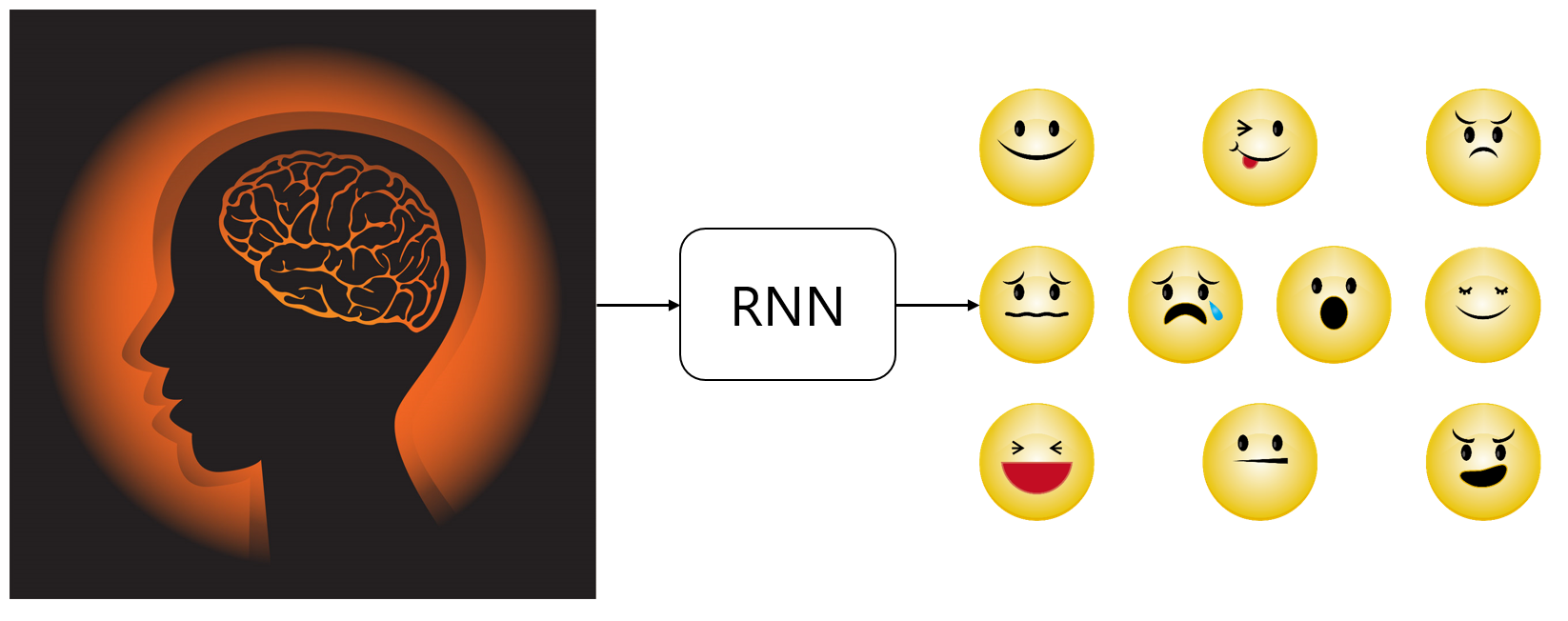RESEARCH
A Bayesian test
I'm currently studying a Bayesian test. A test is a statistical method that determines whether a hypothesis about a parameter (called a null hypothesis) is plausible or not from data. When evaluating plausibility, we have to put another hypothesis to compare with. Such a hypothesis is called an alternative hypothesis.
Of course, there are various ways of putting hypotheses. However, if you assume that a parameter is a random variable and give the null hypothesis and the alternative hypothesis as a probability distribution respectively, a test based on the ratio of partition functions gives the most powerful test.
Why do we have to continue studying a statistical hypothesis test though we have already known how to make the most powerful test? As I said, a test using partition functions achieves the greatest power among all possible tests. The ratio of partition functions is a random variable and its behavior changes depending on the probability model. When we figure out the behavior of this random variable, we can measure plausibility and make a test.
A test with regular probability models has been studied a lot. On the other hand, we have many open questions of a test with singular models. Moreover, a Bayesian statistics can deal with singular models properly compared to frequentist one. So, I'm doing research on a certain singular model's Bayesian test.
Identification of brain states by deep learning (Bachelor thesis)

Image: Freepik.com
Nowadays we can easily get brain activity data thanks to development of observing equipments like fMRI. It is expected to realize the mental disease diagnosis support system or the brain machine interface by identifying the brain state from the brain activity data. This problem can be regarded as a simple classification problem from the brain activity data (time series data) to each brain states.
In my bachelor thesis, I proposed a classification method using RNN (Recurrent Neural Network) to incorporate temporal information. The proposed method adopts the idea of text classification method proposed in the field of natural language processing (Recurrent Convolutional Neural Networks for Text Classification Siwei Lai, Liheng Xu, Kang Liu, Jun Zhao, Chinese Academy of Sciences, China AAAI. 2015. ).
Numerical experiments using real data confirmed that the proposed method achieved classification accuracy higher than those of existing mothods especially in the case that the length of brain activity data was short. It means that we can reduce the time to fix subjects' head when observing the brain data by fMRI or develop the brain machine interface whick can response instantly.
I did an oral presentation of this research at IBISML in March 2017